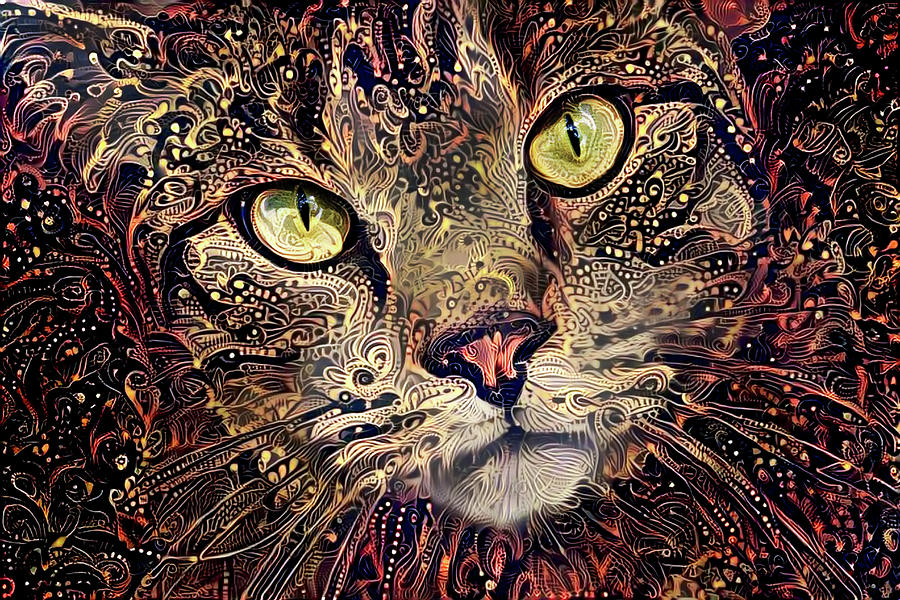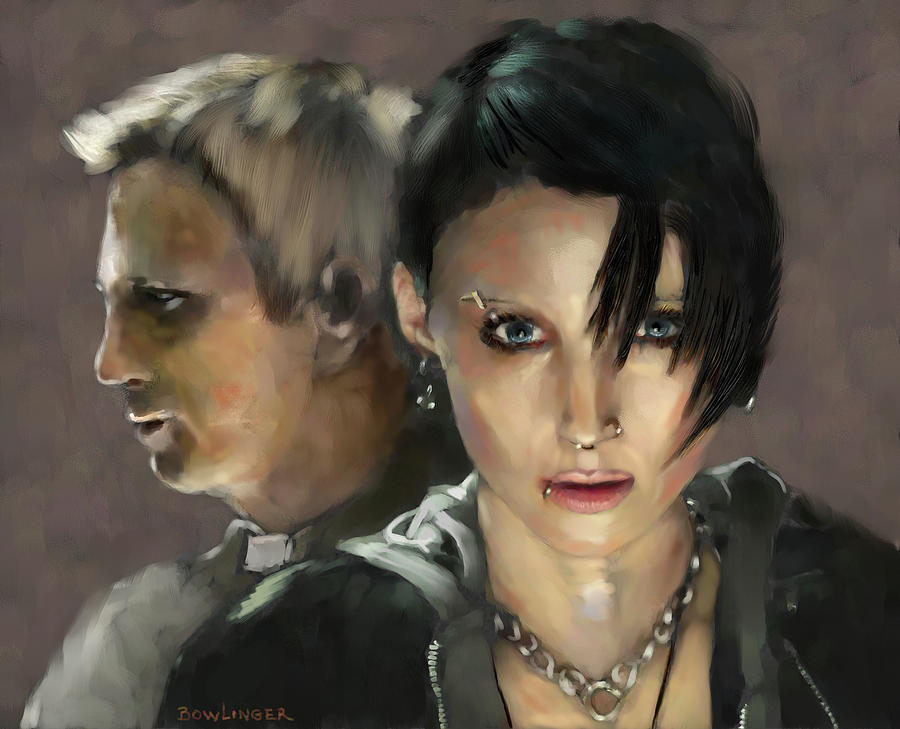

#Intensity art how to#
Save this sheet for reference in future paintings so you know how to achieve realistic tones. In theory, mixing the exact opposing colors on the color wheel in equal parts will result in that shade. Notice how the hues that are closest to their true complement on the color wheel tend to mix into a more neutral gray. Then, incorporate small drops of blue into your orange to create the swatches on the other side. Keep adding drops of orange until you have a 50/50 mixture in the center of your scale. Saatchi Art is pleased to offer the painting, Intensity 1, by Arturo Samaniego, available for purchase at 4010 USD. Even the smallest drops will create a slightly muted tone. In some ways, intensity can be measured by the amount of gray in the hue. Find art you love and shop high-quality art prints, photographs, framed artworks and posters at Art.com. A color can be made less intense by adding gray to the color. Intensity is adjusted by adding additional colors to the pure hue. Then begin to incorporate small drops of orange into the blue on your palette. How do you show intensity in art Intensity can also be considered as the brightness or dullness of a color. We started with blue and orange, but you can choose yellow and purple or red and green.īegin by swatching blue and orange in their purest hue, straight from the tube or pan, at either side of your scale.

To create an intensity chart, begin by picking a pair of complements. The easiest way to find those pairs is by looking at a color wheel: complementary colors are opposite each other. (Unless you are consciously painting a high-intensity piece with vibrant hues - just keep in mind that too much color vibration and intensity can be hard to look at.)Ĭolor intensity scales aren’t done by adding black or white - they’re made by pairing complementary colors. Painting the leaves of a palm tree, for example, with an intense green hue can make it look less realistic and flat. In real life, the colors we see around us - especially in nature - tend to be muted versions of the ones in our paint tubes. Having a strong grasp of color intensity helps your paintings look more realistic. Tones are made when you add another color to a hue. Hue is when a color is fully saturated, meaning it has not been neutralized by its complement, and the colors that have the highest possible level of saturation are called pure hues. These seemingly drab tones will help your paintings reach a whole new level of depth and realism, and it’s all done with an understanding of color intensity.Ĭolor intensity refers to brightness or dullness, and the intensity scale is made up of hue and tone. But that doesn’t mean you should overlook the power of mixing muted and dull colors.


 0 kommentar(er)
0 kommentar(er)
